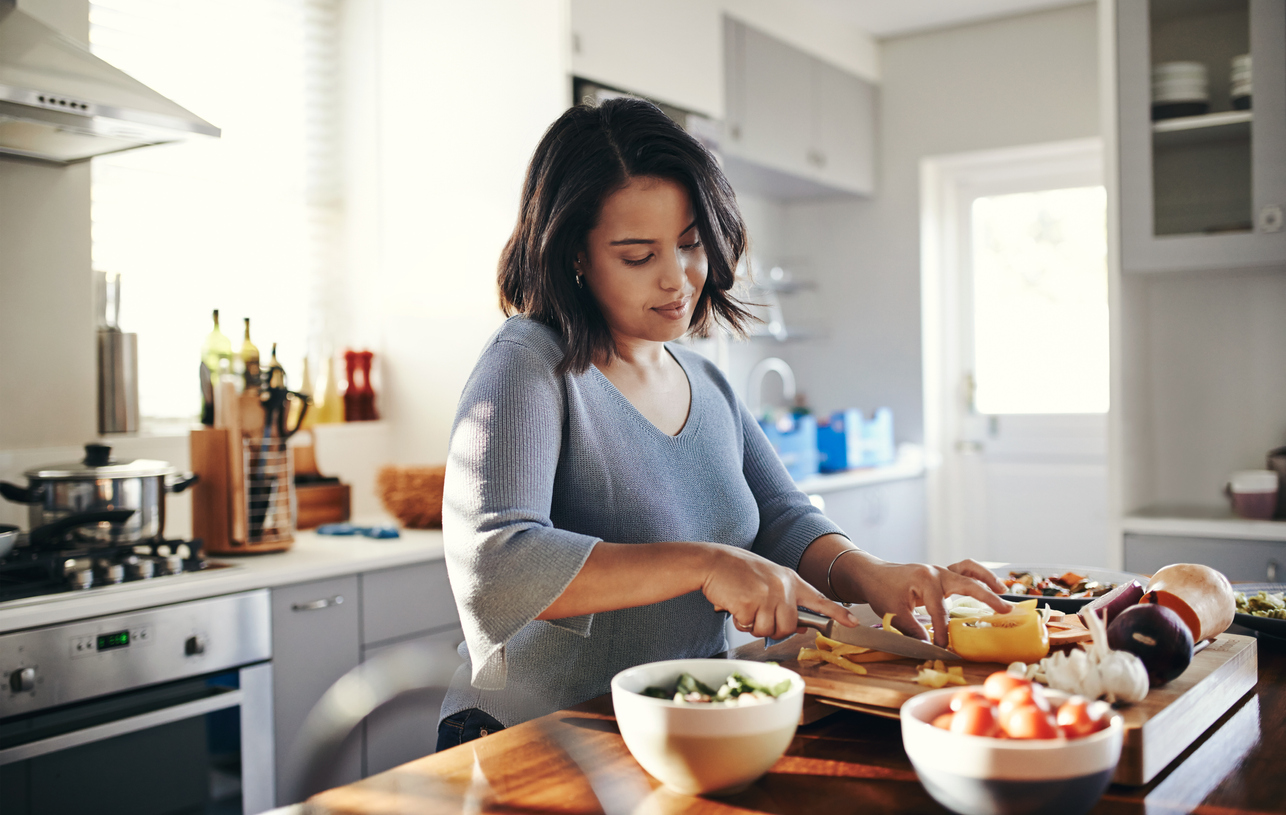Americans enjoy one of the safest food supplies in the world thanks to long-standing regulations and oversight by federal and state agencies. Still, estimates show that one in six Americans suffer from a foodborne illness every year.
Causes vary from improperly canned foods, to undercooked food and products contaminated with dangerous organisms. Fortunately, following some basic food safety tips from the U.S. Food & Drug Administration (FDA) can help eliminate the possibility of food poisoning.
Tips to help minimize issues that cause food poisoning
DO:
- Put your groceries into the fridge as soon as you get home
- Set the fridge temperature to 40° F or lower, and the freezer to 0° F or lower
- Store produce separately from meat, poultry and eggs in your fridge
- Store eggs in the carton in the main part of your fridge — not in the door
- Defrost foods in the refrigerator or cold water, or use the microwave
- Cook defrosted foods immediately
- Wash your hands in warm soapy water before you start cooking and after handling meat, poultry, seafood and eggs
- Wash utensils used to handle uncooked meat, poultry, seafood, eggs or flour before using them on other products
- Rinse your produce in cool clear water and dry with a paper towel or clean dish cloth (using a colander or salad spinner makes cleaning lettuces and greens easier)
- Wipe your counters down after working with raw meat
DON’T:
- Use eggs that have cracked shells
- Buy meat, poultry or seafood that isn’t well wrapped or has a leaking package
- Thaw seafood, poultry or meat on the counter
- Wash foods with soap or detergents
- Undercook meat, poultry or seafood
- Here are safe cooking temps from the FDA:
- Poultry: 165° F
- Ground meat: 160° F
- Fish and seafood: 145° F
- Beef, lamb, pork, veal (roasts, steaks, chops): 145° F
- Here are safe cooking temps from the FDA:
- Store meat, poultry, or seafood on upper shelves in the fridge where they can leak on other food
- Let food sit out for more than two hours or one hour if the air temperature is higher than 90°
Guides from the FDA
Take a look at these handy, printable FDA guides on Food Safe Shopping and Storage and Food Safe Meal Prep.
Mom’s Meals® can help
Made in USDA-inspected kitchens, we help make mealtime delicious and convenient with our ready-to-heat-and-eat meals. With 60+ nutritious refrigerated meal options, the choice is yours with every meal, every delivery so you can select meals according to your nutritional needs and taste preferences.


.jpg)
